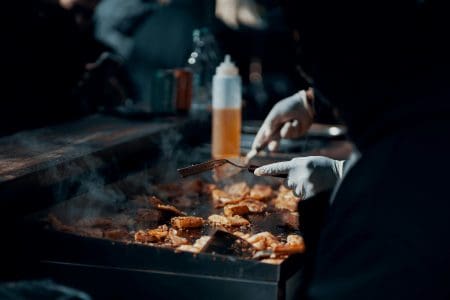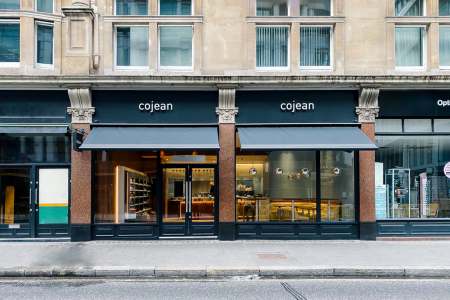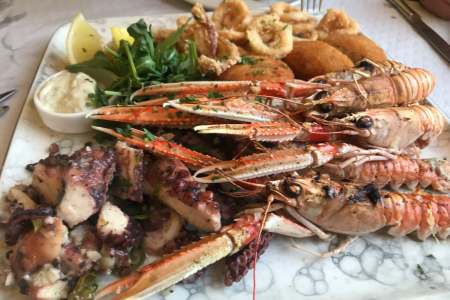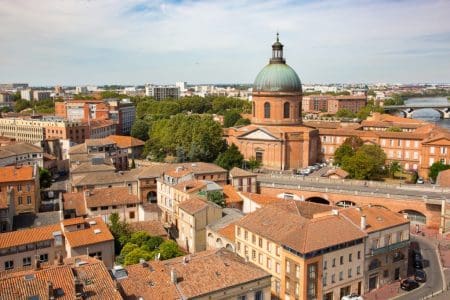Erik Wolf, executive director of The World Food Travel Association, explains how food tourism can help to boost sectoral recovery post-pandemic.
World Food Travel Association research shows that food-loving visitors spend on average 25% of their travel budgets on food and drink. That percentage increases in more expensive destinations. Food lovers spend more on culinary souvenirs, actively seeking out local grocery or gourmet stores and thinking nothing of spending £200 on food and drink products to bring back home from a trip abroad. That is in addition to everything we already spend on restaurants, cafés, wineries and breweries, bars, food and beverage tours, cooking classes and other culinary experiences.
A few things happen when we share these food and beverage products with friends at home. First, the word-of-mouth machine starts. Friends and family sample our souvenirs. They hear our endorsements, and they put themselves in our shoes. They see our pictures and videos and imagine what it would be like to be there, sampling these food and drink items in person themselves. Then invariably, someone always asks, “Where can I get this here?” If the product is not available locally, then someone will have to make a trip to buy it. The product gets added to a brand new wish list, and that demand can eventually lead to product export opportunities, which can either create or reinforce inbound tourism.
The Case for Drink
Take the case of Guaraná soft drink from Brazil. Brazilians living in the United States know and love this drink and asked for it to be imported and sold in their local stores. The more Guaraná that was shared with other non-Brazilians, the more it gave people a reason to visit Brazil to discover what other gastronomic wonders the country was hiding. I can’t say that Guaraná is all the rage with Americans, but it is available throughout the USA, and many Americans have heard of it. And invariably, anyone visiting Brazil will be introduced to it before they leave.
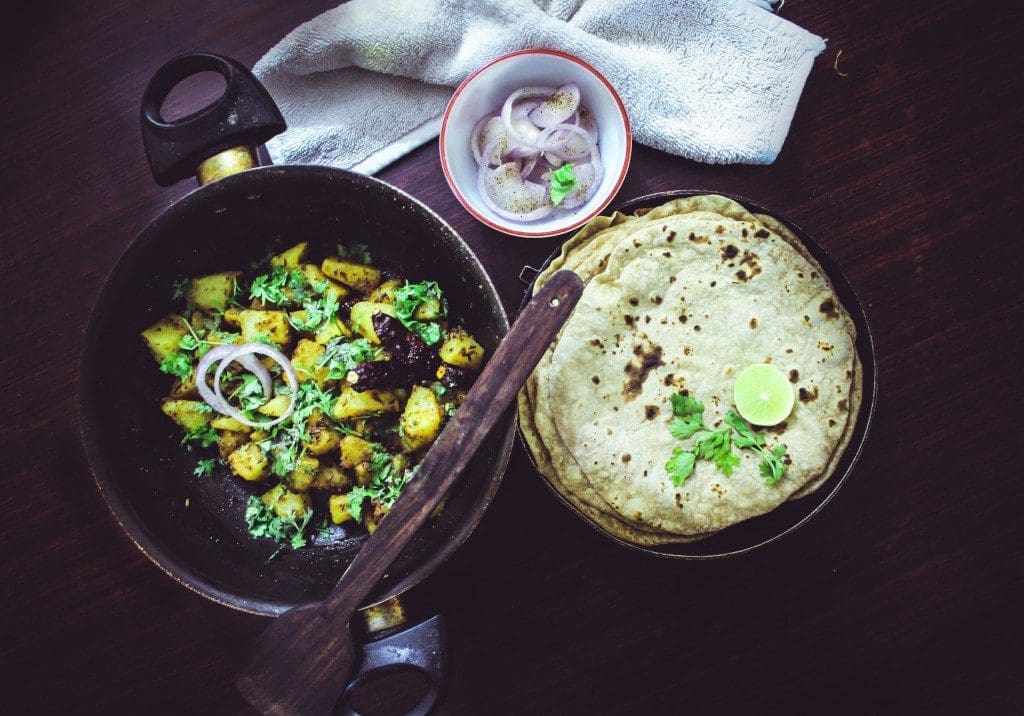
Food and beverage brands can also most certainly encourage tourism. There is a very good reason why over a half million visitors each year (pre-pandemic) visit Epernay and Reims, France. It is because they know the Dom Perignon, Pommery and Taittinger cellar names.
The story is the same in Napa Valley, California, USA, which received four million visitors in 2019. People will travel to visit a famous brand like the Robert Mondavi Winery. Or consider the Ghirardelli chocolate factory in San Francisco: if you are a food lover, no visit to the city would be complete without a trip to Ghirardelli – you can smell the chocolate in the air as you approach the facility.
Food Tourism Driven by Brands
Specific food and beverage products can also encourage tourism. Great balsamic vinegar is available everywhere, but if you want the real thing, then one simply must visit Modena. While wine lovers understand that they can visit Napa/Sonoma, Tuscany or Burgundy and are pretty much guaranteed a great wine experience, other regions are known for other culinary products and experiences. Spain’s Basque Country is known as a Michelin Mecca.
Or if Michelin is out of your reach, you can find the famous Black Pork throughout most of Spain. Visitors to the Arab world can expect coffee (or tea) and dates in ample supply. When visiting Australia and New Zealand, be sure to try the local avocadoes featured prominently in many dishes. They are some of the best in the world.
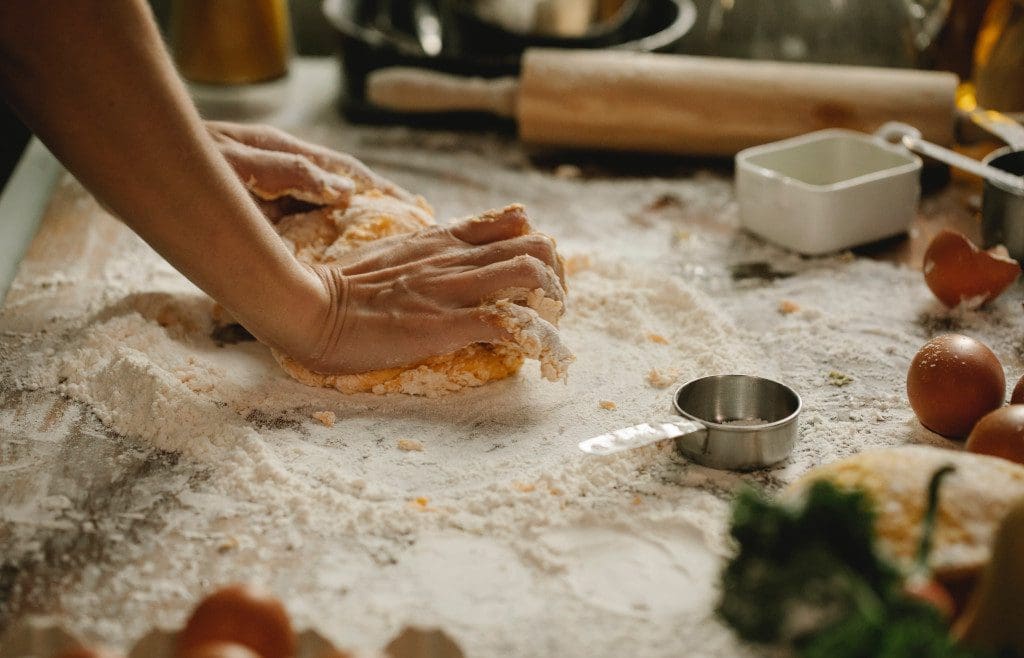
Are you an olive oil lover? You have a lot of options. Besides the common Spain, Italy, Greece and California, did you know that Turkey, Tunisia, South Africa, New Zealand, Australia and Peru also all produce quality olive oil? Great olive oil alone may not be enough of a lure, so packaging food and beverage products with other destinations assets can often work well.
Turkey has great gastronomy and history. South Africa has scenery and a fantastic wine industry, as does Australia. New Zealand has scenery, outdoor recreation and great wines too. Peru also offers a rich culinary culture, history and other cultural experiences. Sri Lanka has beautiful tea plantations, as well as a rich history and fantastic other cultural attractions.
Authentic experiences and genuine products can have another major impact on an area, namely increasing community pride. To be known as the place where visitors (and locals alike) can get the real thing is a badge of honour. Jaen, Spain is proud to be the olive oil capital of Spain.
Know Where to Go
Scotland is proud to be the whisky capital of the world (with Ireland coming in second place). England is the gin capital of the world. England and Spain’s Basque Country are known for their quality hard ciders. The Netherlands is known for its real gouda and edam cheeses. San Francisco is known for its sourdough bread. New Orleans is known for its beignets. Quebec, Canada is known for maple syrup (as is the north-eastern USA). Love lobsters? Then for the real thing you need to visit either Nova Scotia, Canada or Maine, USA. Chocolate lover? Head straight to Belgium or Switzerland. Lover of spices? Then Grenada is the West Indies is your port of call. Each of these destinations is fiercely proud of the quality products they produce.
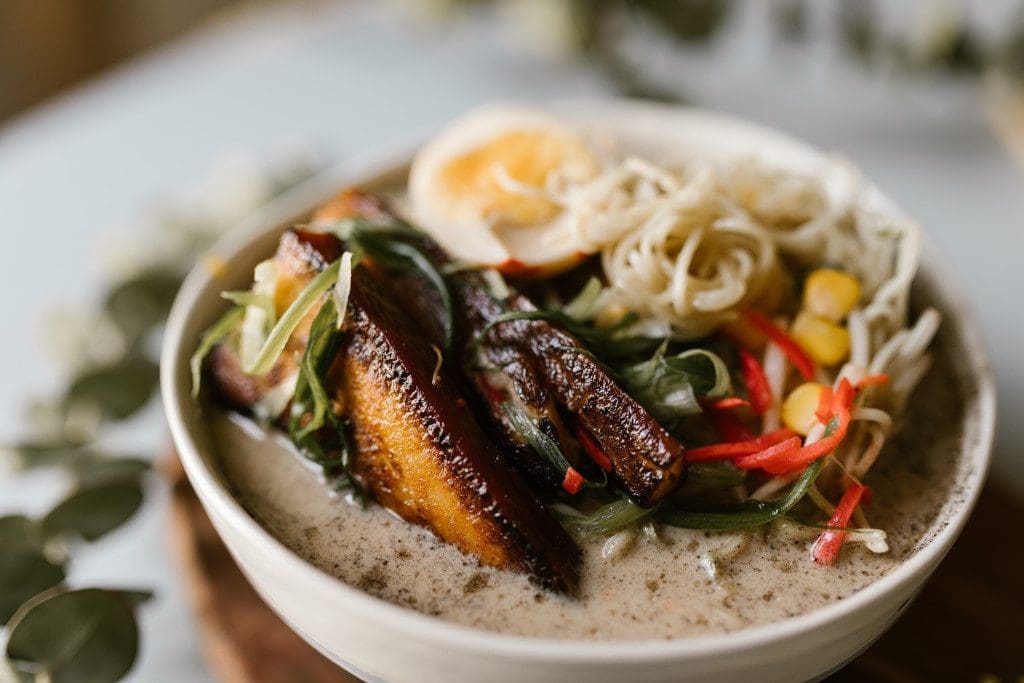
And this type of cachet can be built with different products in your area. All that is needed is the agricultural ingredients, creativity, and business acumen. Sadly, many entrepreneurs still do not have access to one or more of those essential components. Better training and investment opportunities can help these entrepreneurs to survive and thrive as economies world-wide adjust to the new normal.
It is a huge shame that millions of tourists leave a sun-drenched beach area with memories of nothing more than fish and chips, sausages, hamburgers, pizzas, colas and imported beer – the same food and drink they can get at home. Those millions of tourists will never be ambassadors for that destination, because they simply did not experience anything unique and memorable. The onus is on tourism offices to help visitors to discover their region’s unique and memorable food and beverage products and experiences.
